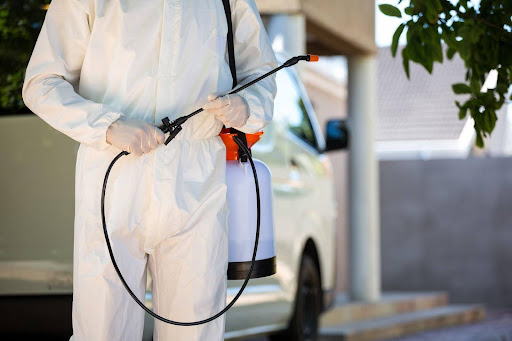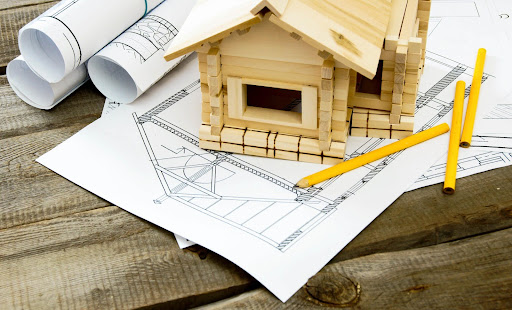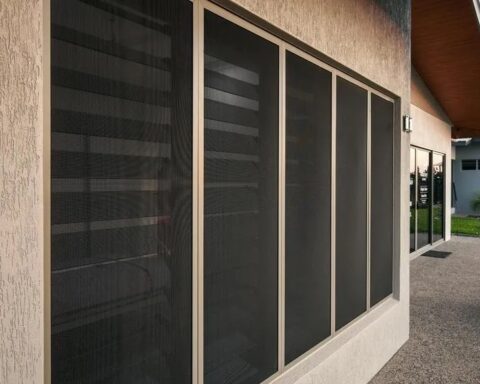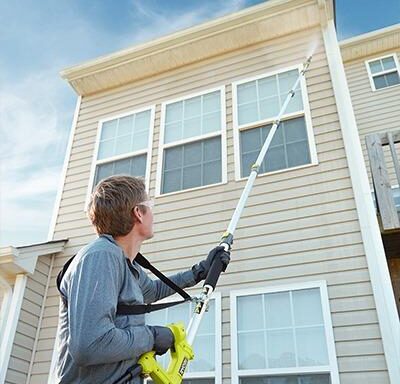Pest management equipment is vital for effective home pest control. Homeowners need the right tools to tackle unwanted pests.
Whether it’s for ants, rodents, or termites, using the right equipment makes a big difference. This guide will help you understand essential pest management equipment. You’ll learn how to choose the best tools for your needs.
Keep your home safe and comfortable with proper pest management techniques. Let’s get started!
Inspection Tools: Identifying the Problem
Inspection tools are essential for finding pests in your home. They help you see areas that may be hard to reach or dark. Common inspection tools include flashlights, magnifying glasses, and moisture meters. These tools help you spot early signs of bed bugs, termites, and other pests hiding in cracks, crevices, and dark corners of your home.
Using the right inspection tools can save you time and effort. A flashlight can illuminate hidden spaces. A magnifying glass allows you to see small details that may indicate a pest problem.
Traps and Baits: Targeting Specific Pests
Once you’ve identified the pests, the next step is to control their population. Traps and bait are effective tools for targeting specific pests. They are designed to attract and capture unwanted creatures invading your space.
Different traps work for different pests. For example, snap traps are great for rodents, while sticky traps can help with insects. Baits often contain poison or enticing substances to lure pests, making them a useful addition to your pest management strategy.
Sprayers and Foggers: Applying Insecticides
For more extensive infestations, sprayers and foggers are essential for applying insecticides. These tools allow homeowners to cover larger areas quickly and efficiently. Sprayers can deliver a fine mist. Foggers create a dense fog that penetrates difficult spots.
Handheld sprayers are useful for treating small areas and targeting specific pests. They are easy to handle and can reach tight spaces where bugs might hide. Using the right application techniques ensures effective pest management and keeps your home pest-free.
Protective Gear: Ensuring Safety
Protective gear is crucial when using pest management equipment. It keeps you safe from harmful chemicals and pests. Always wear gloves, masks, and goggles to protect your skin, lungs, and eyes.
Also, consider wearing long sleeves and pants for extra protection. Closed-toe shoes are also important to prevent bites or stings. Safety should always be your top priority during pest control.
Effective Pest Control Techniques
Effective pest control requires a mix of methods. Integrated Pest Management (IPM) is an approach that combines different strategies. This includes prevention, monitoring, and control measures.
One of the key techniques is to keep your home clean. Regularly remove food scraps and clutter. Seal cracks and gaps to stop pests from entering your space. By staying proactive, you can reduce the chances of an infestation.
Your Guide to Effective Pest Management Equipment
In conclusion, having the right pest management equipment is key to keeping your home pest-free. Use inspection tools to identify problems quickly. Traps and bait help control specific pests. Sprayers and foggers allow for effective treatment of larger areas.
Always prioritize safety by wearing protective gear. Remember, a clean home is a less inviting space for pests. By using the right techniques and tools, you can protect your home from unwanted invaders. Stay proactive and informed!
Did you find this article helpful? Visit more of our blogs!
Keep an eye for more latest news & updates on Essential Tribune!








